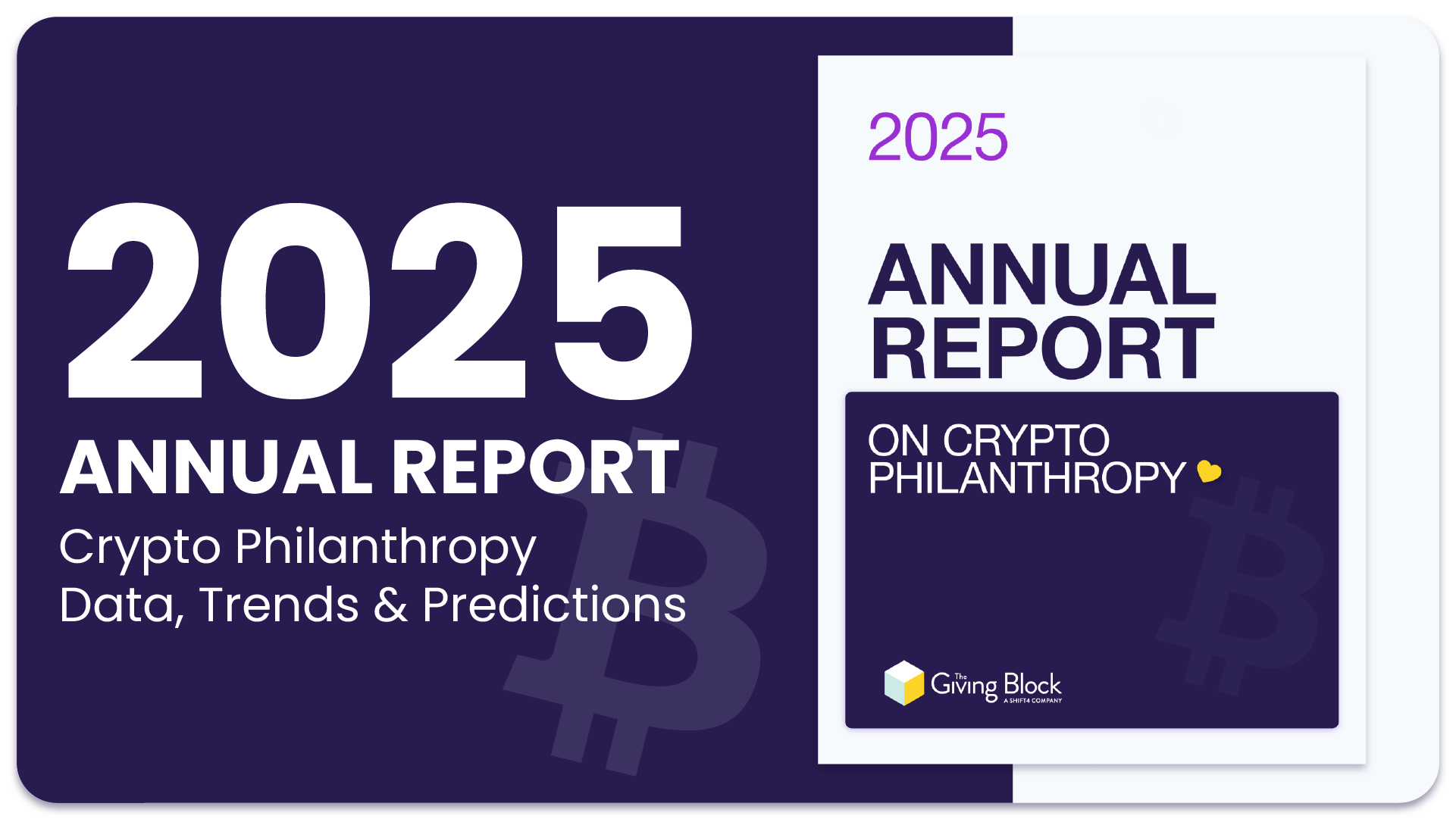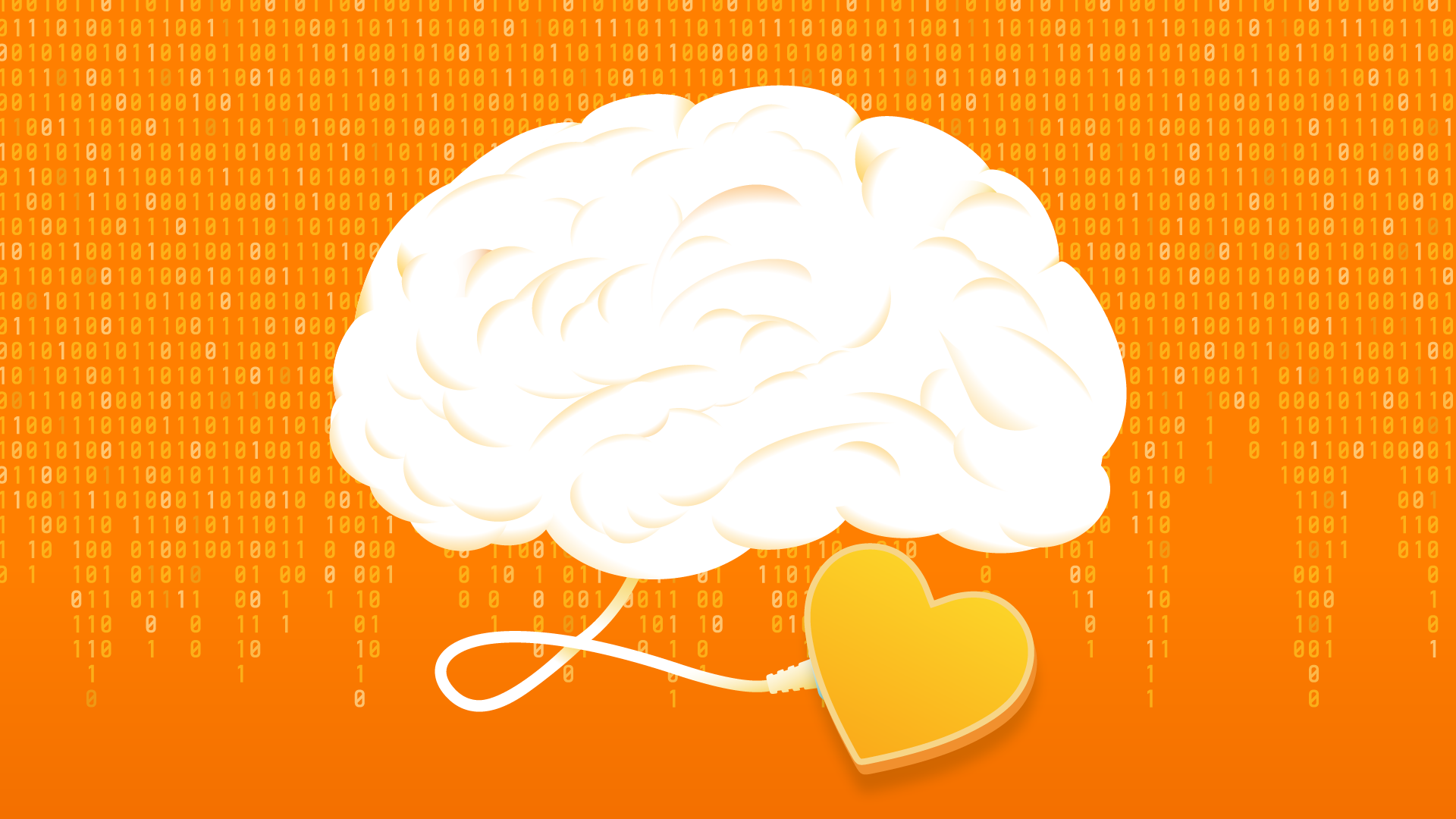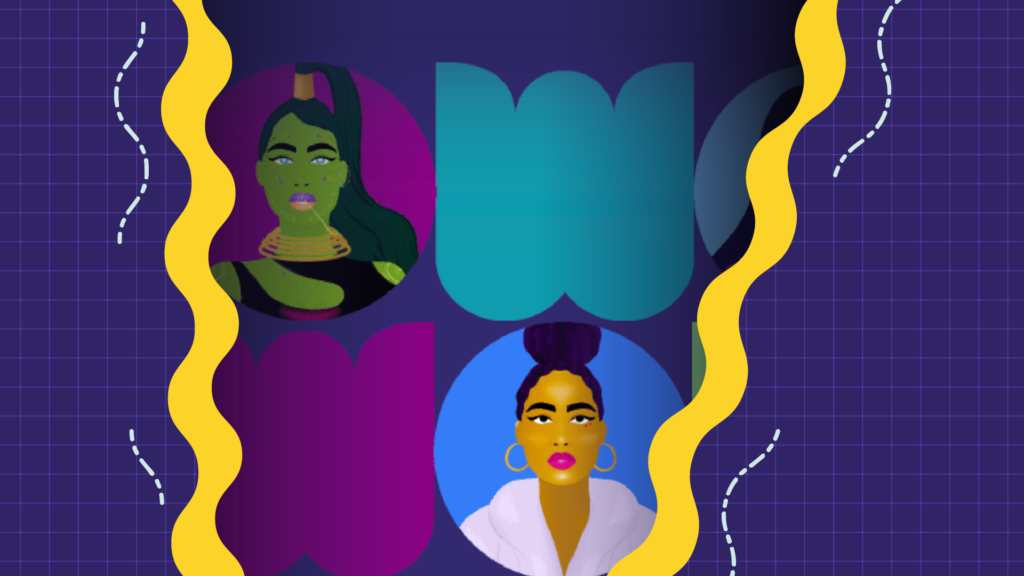This opinion article was written by Scott Remington, Senior Client Experience Manager at The Giving Block. You can follow and connect with Scott on LinkedIn.
Imagine—one of the most powerful words in the English language.
I didn’t fully grasp its essence until the past few months. During this time, the advancements in AI have been nothing short of extraordinary: words taking the form of impressive visuals, articles being completed in a fraction of the time, and complex web pages being coded in the blink of an eye. This AI revolution is something I’m not just observing, but actively participating in.
In my role as a Senior Client Experience Manager in the “FinTech for Good” SaaS sector, I focus on providing an unparalleled experience for nonprofits accepting a wide variety of donations, from crypto to stocks to DAF gifts. AI has been a key player in my professional journey over the last few months, becoming my daily tool, my personal assistant, and my ultimate productivity enhancer.
And just to clarify, this won’t be a “15 prompts to change your life” kind of post.
AI for Nonprofits: Today and Beyond
AI is evolving rapidly, and even for an enthusiast like me, it can be overwhelming to keep up. The key is to gradually integrate it into your workflow, not make it your entire workflow. AI is not a shiny object that will magically attract donations or donors, but it is a tool that can amplify the reach of your remarkable organizations. Don’t be intimidated by AI technologies like ChatGPT. Challenge it by revising your prompt until you get the right output you are looking for. The $20 subscription fee is worth every penny for GPT-4. Midjourney is also another highly recommended tool to use.

A futuristic city in a bottle – Midjourney (Created by AI and Scott)
So, how will AI benefit nonprofits and others in the short term?
- Enhancing donor engagement. By leveraging AI capabilities, nonprofits can provide more personalized communication, improving the overall donor experience and fostering more meaningful relationships with supporters.
- Streamlining tasks. An “AI assistant” can quicken the pace of email and grant writing, freeing up your time for other crucial tasks.
- Reduce spending. AI can help cut costs associated with websites and graphic design, providing a more efficient platform to display your mission and vision.
In the not too distant future, AI will likely revolutionize nonprofit reporting, too. Tackling spreadsheets and PPTs will be as simple as giving a prompt. The way we interact with computers will soon depend more on our communication skills, a change many of us have eagerly awaited.
AI’s Promising Future for Fundraisers
The future of AI in the nonprofit sector is filled with promise. As we harness its power, we will be able to serve our missions more effectively, engage our donors more intimately, and create a more significant impact. It’s a future I’m eagerly anticipating and thrilled to be part of.
The long-term potential of AI for nonprofits could include:
- Predictive Analytics: Leveraging AI to predict donor trends and behavior, allowing nonprofits to stay one step ahead in their fundraising efforts.
- Advanced AI Engagement: Chatbots and AI platforms could be trained to manage donor interactions, freeing up staff time for strategic planning and creative work.
- Global Scaling: AI can handle multiple languages and cultural nuances, enabling nonprofits to engage with donors and communities worldwide without requiring human translation services.
- AI for Good Initiatives: nonprofits could work with tech companies to create specific AI programs that address their unique challenges, from combating climate change to increasing access to education.
For me, and for the entire nonprofit sector, this is only the beginning of our journey with AI. I, for one, am optimistic about the ways we can harness this revolutionary technology for the greater good.




















